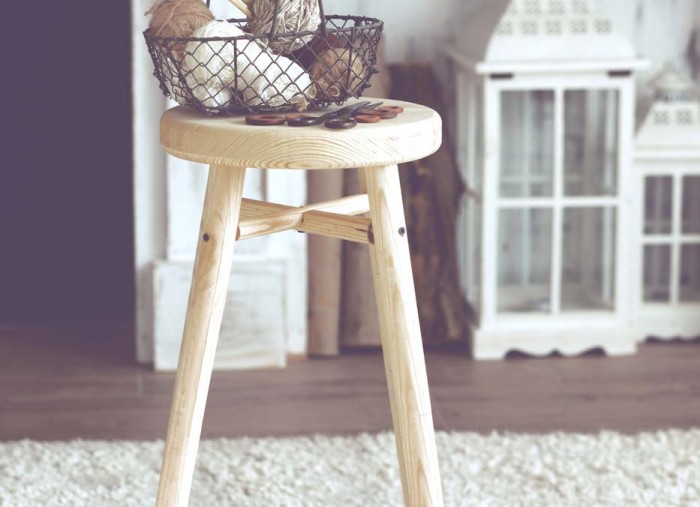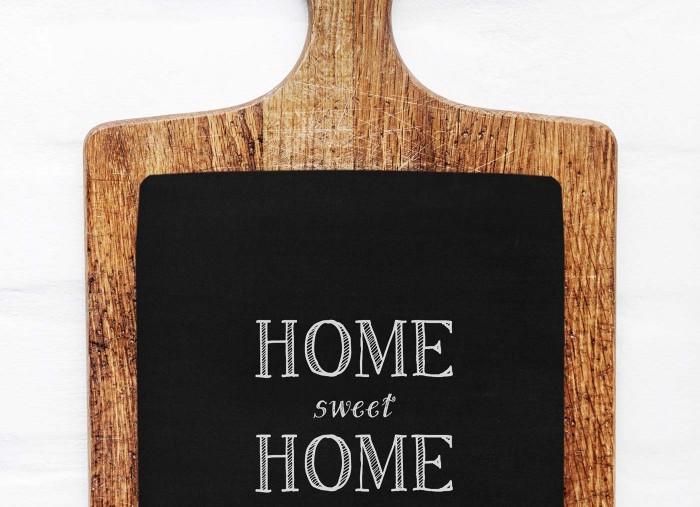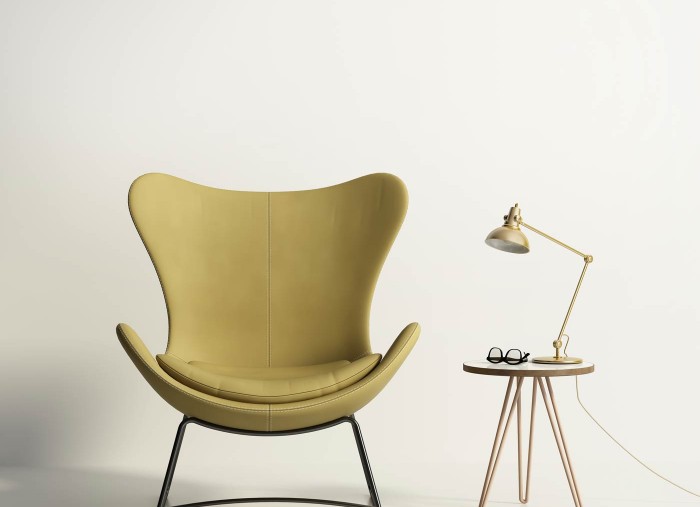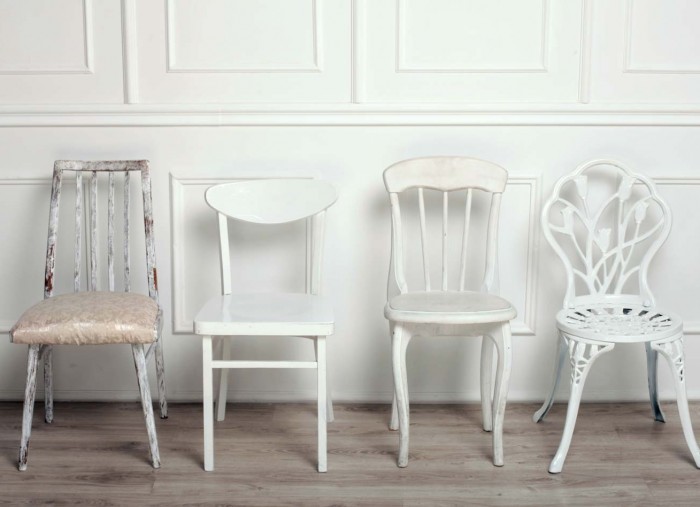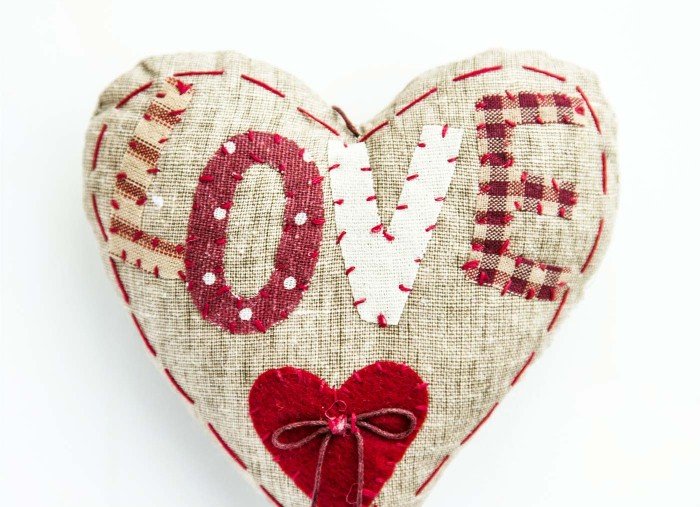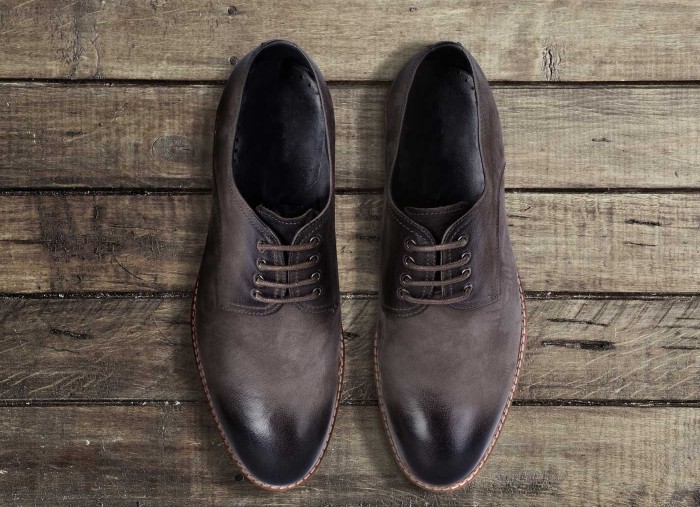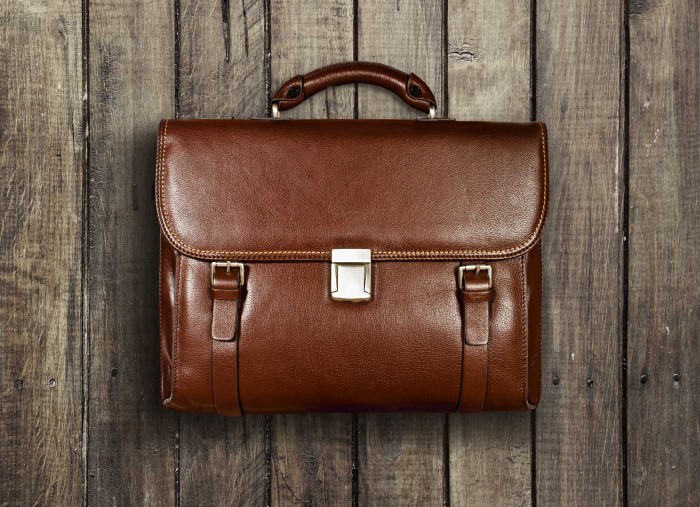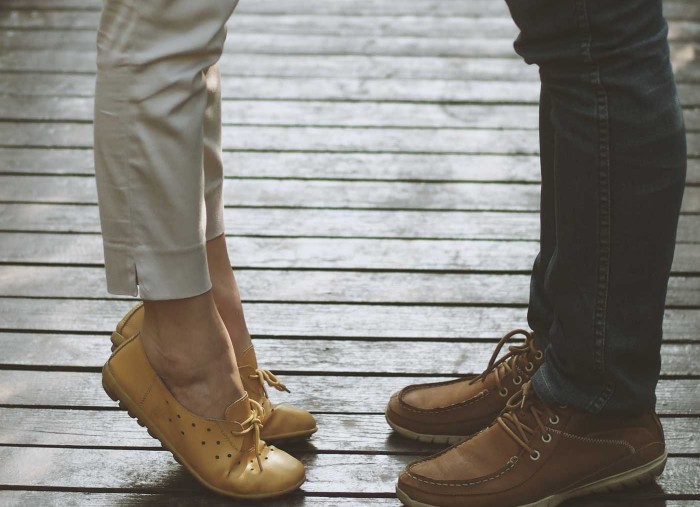A typewriter is a mechanical or electromechanical machine for writing in characters similar to those produced by printer’s movable type by means of keyboard-operated types striking a ribbon to transfer ink or carbon impressions onto paper. Typically one character is printed on each keypress. The machine prints characters by making ink impressions of type elements similar to the sorts used in movable type letterpress printing.
At the end of the nineteenth century the term typewriter was also applied to a person who used such a machine.
A video on the history of typewriters and how they operate.
After their invention in the 1860s, typewriters quickly became indispensable tools for practically all writing other than personal correspondence. They were widely used by professional writers, in offices, and for business correspondence in private homes. By the end of the 1980s, word processors and personal computers had largely displaced typewriters in most of these uses in the Western world, but as of the 2010s the typewriter is still prominent in many parts of the world, including India.
A home is a dwelling-place used as a permanent or semi-permanent residence for an individual, family, household or several families in a tribe. It is often a house, apartment, or other building, or alternatively a mobile home, houseboat, yurt or any other portable shelter. Homes typically provide areas and facilities for sleeping, preparing food, eating and hygiene. Larger groups may live in a nursing home, children’s home, convent or any similar institution. A homestead also includes agricultural land and facilities for domesticated animals. Where more secure dwellings are not available, people may live in the informal and sometimes illegal shacks found in slums and shanty towns. More generally, “home” may be considered to be a geographic area, such as a town, village, suburb, city, or country.
Source: https://en.wikipedia.org/wiki/Home
A heel is the projection at the back of a shoe which rests below the heel bone. The shoe heel is used to improve the balance of the shoe, increase the height of the wearer, alter posture or other decorative purposes. Sometimes raised, the high heel is common to a form of shoe often worn by women, but sometimes by men too. See also stiletto heel.
Although high heeled shoes are depicted in ancient Egyptian murals on tombs and temples, the earliest recorded instance of men or women wearing an elevated shoe comes from ancient Persian riders. It has been commonly stated that the first instance of the wear of high heels involved the 1533 marriage between Catherine de’ Medici with the Duke of Orleans. She wore heels made in Florence for her wedding, and as a result, Italian high heels became the norm for ladies of the Duke’s court in France.
Source: https://en.wikipedia.org/wiki/Heel_(shoe)
The more stuff in it, the busier the work of art, the worse it is. More is less. Less is more. The eye is a menace to clear sight. The laying bare of oneself is obscene. Art begins with the getting rid of nature.

When I brought Hofmann up to meet Pollock and see his work which was before we moved here, Hofmann’s reaction was—one of the questions he asked Jackson was, “Do you work from nature?” There were no still lifes around or models around and Jackson’s answer was, “I am nature.” And Hofmann’s reply was, “Ah, but if you work by heart, you will repeat yourself.” To which Jackson did not reply at all. The meeting between Pollock and Hofmann took place in 1942.


Source: https://en.wikipedia.org/wiki/Minimalism
Elegance is a synonym for beauty that has come to acquire the additional connotations of unusual effectiveness and simplicity. It is frequently used as a standard of tastefulness particularly in the areas of visual design, decoration, the sciences, and the aesthetics of mathematics. Elegant things exhibit refined grace and dignified propriety.
Essential components of the concept include simplicity and consistency of design, focusing on the essential features of an object. In art of any kind one might also require dignified grace, or restrained beauty of style.
Visual stimuli are frequently considered elegant if a small number of colors and stimuli are used, emphasizing the remainder.
Source: https://en.wikipedia.org/wiki/Elegance
A lollipop is a type of confectionery now consisting of a sweetmeat of hard candy or water-ice mounted on a stick and intended for sucking or licking. Different informal terms are used in different places, including lolly, sucker, sticky-pop, etc. Lollipops are available in many flavors and shapes.
The idea of an edible candy on a stick is very simple, and it is probable that the lollipop has been invented and reinvented numerous times. The history of the first lollipops in America appears to have been distorted over time. There is some speculation that lollipops were invented during the American Civil War (1861–1865). Others believe some version of the lollipop has been around since the early 1800s. George Smith claimed to be the first to invent the modern style lollipop in 1908 and trademarked the lollipop name in 1931. He used the idea of putting candy on a stick to make it easier to eat and reportedly named the treats after a popular racing horse, Lolly Pop. It initially referred to soft, rather than hard candy. The term may have derived from the term “lolly” (tongue) and “pop” (slap). The first references to the lollipop in its modern context date to the 1920s. Alternatively, it may be a word of Romany origin being related to the Roma tradition of selling toffee apples sold on a stick. Red apple in the Romany language is loli phaba.
Source: https://en.wikipedia.org/wiki/Lollipop
Wood is a porous and fibrous structural tissue found in the stems and roots of trees and other woody plants. It has been used for thousands of years for both fuel and as a construction material. It is an organic material, a natural composite of cellulose fibers (which are strong in tension) embedded in a matrix of lignin which resists compression. Wood is sometimes defined as only the secondary xylem in the stems of trees, or it is defined more broadly to include the same type of tissue elsewhere such as in the roots of trees or shrubs.[citation needed] In a living tree it performs a support function, enabling woody plants to grow large or to stand up by themselves.
Source: https://en.wikipedia.org/wiki/Wood

